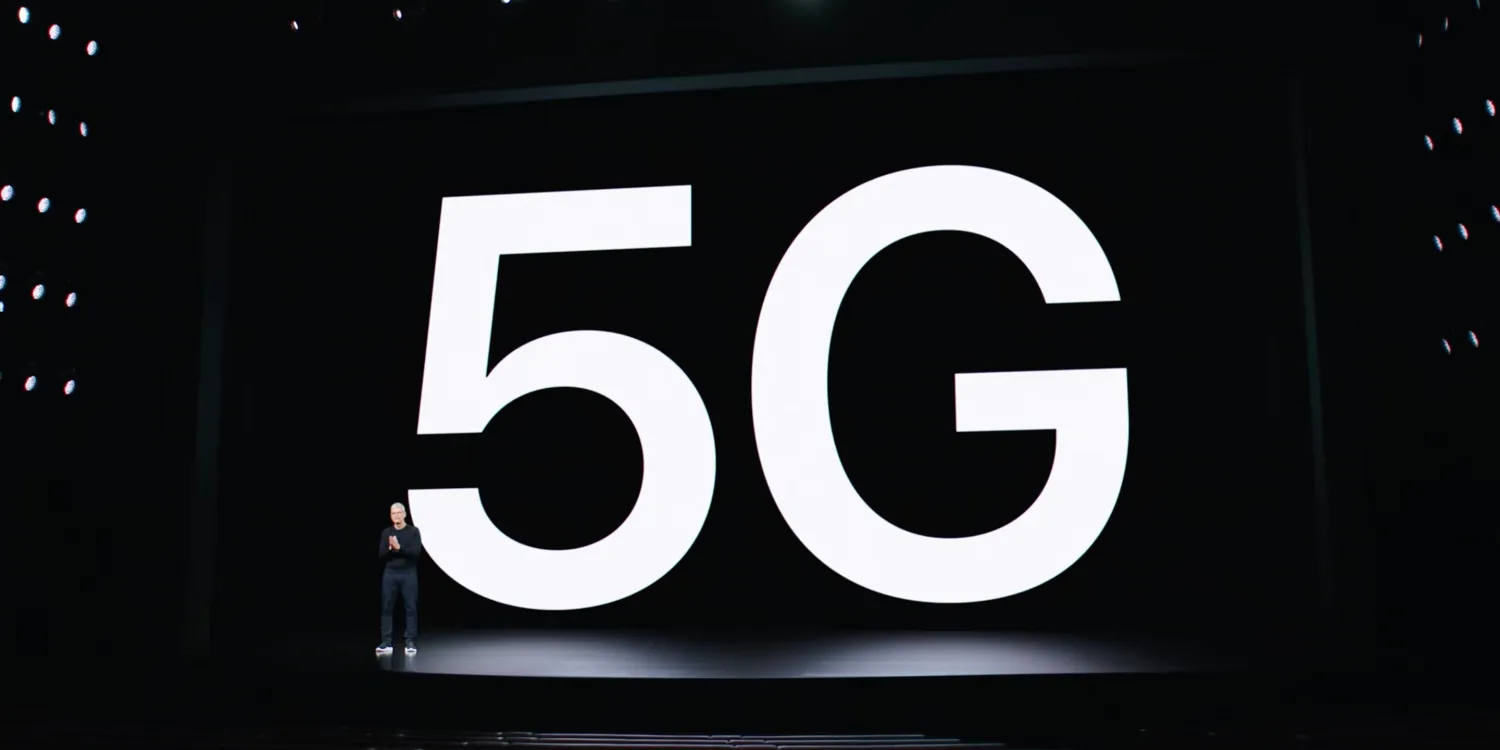For years, US mobile operators have been telling consumers that 5G networks will change everything. In fact, their use resulted in huge costs, and the technologies requiring these networks were not widely distributed.
At the CES fair in 2021, 5G technologies were mentioned in almost all stands. Future mobile networks are associated with unmanned vehicles, remote surgery and augmented reality. Consumers were assured that the low latency and high capacity of these networks would make all the difference. US carriers Verizon and AT&T paid huge sums for 5G bands, and T-Mobile swallowed one of its rivals (Sprint) whole to get ahead.
CES 2024 will open in a month, and almost no attendees are talking about 5G. Instead of fantasy scenarios, fifth-generation mobile networks are used just like their predecessors: for watching videos on smartphones and connecting to home routers if there are no other options. And American telecommunications operators are now looking for any opportunity to offset their costs for these networks at the expense of subscribers.
A vivid example was operator Verizon, which paid $45.5 billion for 5G bands in a radio frequency auction; that was nearly double that of rival AT&T. In Verizon’s latest financial report, investors directly asked the company’s CEO when they expected to see a return on these massive investments. Verizon CEO Hans Vestberg answered this question by juggling the following statements: “Right offers to our customers” And “It provides us with a net profit”aforementioned “price adjustment” and some “new value” for customers, but in reality these words had no meaning.
Verizon’s financial report mostly offers an indirect look at the evolution of 5G for the carrier: robotic surgery and self-driving cars aren’t discussed much; Many of these projects require autonomous networks, which are still being worked on. The fact of the transition to the 5G standard does not yet speak of new achievements: millimeter-range networks offer high speed but have a limited range, and low-frequency networks are sometimes slower than 4G. Another strategy of the operator is to organize private networks for businesses, but to sell them you need sales representatives with good knowledge of the features of each industry. And not every manufacturer needs such a network. In theory, 5G has potential in the automotive industry, but in practice many factories were built too long ago and are difficult to modernize.
Changes were more pronounced in the consumer segment. T-Mobile and Verizon have begun actively connecting homes with 5G as an alternative to traditional hard-wired access. The possibilities of mobile communications have expanded – yes, fans of the singer Taylor Swift (Taylor Swift) in the Texas city of Arlington once generated 29 Tbytes of traffic in one day for the AT&T operator, and 5G has proven its bandwidth in practice. higher than LTE. AT&T representative Jim Greer (Jim Greer) noted that the amount of traffic on the operator’s network is increasing by 30% every year – subscribers are happy that they can stream video from a crowded stadium without waiting to get home where there is Wi-Fi.
Counterpoint Research director Jeff Fieldhack also points out the potential for network segmentation, where operators prioritize certain types of traffic. This makes sense for safety-critical applications: priority should be given to the vehicle crossing the intersection, not the YouTube vlogger in the backseat. Currently operators do not discriminate between customers. This requires autonomous 5G networks; Among American carriers, only T-Mobile has achieved this. As a result, the same Verizon faced the fact that investments in 5G do not bring additional profits: interest rates are high in the USA and smartphone sales are falling. And the company has to brag about what it did in 2023 “Price measures exceeding $1 billion”Keeping customer churn low.













